Recycled Plastic Chairs: Are They Really Eco-Friendly?
Table Of Contents
- Understanding Recycled Plastic Furniture
- Environmental Benefits of Recycled Plastic Chairs
- Limitations and Challenges
- Types of Recycled Plastic Used in Chairs
- How to Identify Genuinely Eco-Friendly Plastic Chairs
- Styling Recycled Plastic Chairs in Your Singapore Home
- Maintenance and Longevity
- Conclusion
As sustainability becomes a priority in home furnishing decisions, recycled plastic chairs have emerged as a popular option for eco-conscious consumers in Singapore. These innovative pieces promise to transform plastic waste into stylish, functional furniture—but do they truly deliver on their environmental promises? With growing concerns about greenwashing and the actual impact of recycled products, it's important to look beyond marketing claims to understand the real ecological footprint of these furnishings.
At Loft Home Furniture, we believe in empowering consumers with transparent information about the products that enter their homes. This comprehensive guide explores the reality behind recycled plastic chairs, examining both their genuine environmental benefits and potential limitations. We'll help you navigate certifications, manufacturing processes, and design considerations to determine whether these chairs align with your sustainability goals and aesthetic preferences for your Singapore home.
Understanding Recycled Plastic Furniture
Recycled plastic furniture represents a significant innovation in sustainable home decor, transforming what would otherwise be waste material into functional, stylish pieces. But what exactly constitutes "recycled plastic" in furniture manufacturing?
Most recycled plastic chairs are made from post-consumer waste (plastic that has been used and discarded by consumers) or post-industrial waste (manufacturing byproducts). These materials are collected, sorted, cleaned, and processed into plastic pellets or flakes that can be molded into new products. The percentage of recycled content can vary significantly between manufacturers, with some using 100% recycled materials while others blend recycled and virgin plastics.
The manufacturing process typically involves melting down these recycled plastics and reforming them through injection molding, compression, or extrusion techniques. Advanced technologies have made it possible to create recycled plastic furniture that rivals the durability and aesthetic appeal of traditional materials, dispelling the myth that eco-friendly options must compromise on quality or style.
What sets truly sustainable recycled plastic chairs apart is their closed-loop potential—the ability to be recycled again at the end of their useful life, creating a circular economy model rather than a linear take-make-dispose approach. However, this potential is only realized when the chairs are designed with eventual recyclability in mind, which isn't always the case.
Environmental Benefits of Recycled Plastic Chairs
The environmental advantages of recycled plastic chairs extend beyond simply reducing plastic waste in landfills and oceans, though this remains a significant benefit. Each recycled chair can divert substantial amounts of plastic from waste streams—typically between 3-10 kg depending on the design and size of the chair.
From a resource conservation perspective, manufacturing furniture from recycled plastics consumes significantly less energy than producing virgin plastics or even other materials like aluminum or wood. Studies indicate that using recycled plastic instead of virgin material can reduce energy consumption by up to 80% and CO₂ emissions by 67%. This reduced carbon footprint makes recycled plastic chairs an attractive option for environmentally conscious consumers in Singapore's climate-aware market.
Water conservation presents another advantage, as recycled plastic production typically requires up to 90% less water than creating new plastics. This is particularly relevant in Singapore, where water resource management remains an ongoing priority.
Additionally, recycled plastic chairs often boast impressive longevity. Unlike wood, they won't rot, splinter, or require regular treatments with potentially harmful chemicals. Their resistance to moisture, UV radiation, and temperature fluctuations makes them particularly well-suited to Singapore's tropical climate, where humidity and intense sunlight can quickly degrade less durable materials.
Limitations and Challenges
Despite their environmental promises, recycled plastic chairs aren't without limitations. One significant challenge involves the quality of recycled materials. Not all plastics can be effectively recycled into furniture-grade materials, and repeated recycling can degrade polymer chains, potentially affecting durability and appearance. This is why some manufacturers blend recycled content with virgin plastics—a compromise that reduces but doesn't eliminate the use of new petroleum-based materials.
The energy-intensive recycling process itself presents another consideration. While using recycled plastic is generally more efficient than creating virgin plastic, the collection, sorting, cleaning, and processing stages still require substantial energy inputs. The environmental benefit depends largely on the efficiency of these processes and the energy sources used.
Microplastic shedding represents a growing concern with all plastic products, including furniture. Over time, plastic items can release microscopic particles that enter waterways and potentially the food chain. Research in this area specific to furniture is still developing, but it remains a consideration for those seeking to minimize their environmental impact.
End-of-life management presents perhaps the most significant challenge. While theoretically recyclable, many recycled plastic chairs end up in landfills or incinerators due to lack of appropriate recycling infrastructure, contamination with other materials, or designs that make disassembly difficult. In Singapore, where space constraints make waste management particularly challenging, this aspect deserves careful consideration.
Types of Recycled Plastic Used in Chairs
Different types of recycled plastics offer varying properties that affect the performance, appearance, and environmental impact of chairs. Understanding these differences can help you make more informed decisions about which recycled plastic chairs align with your values and needs.
HDPE (High-Density Polyethylene)
Commonly derived from milk jugs, detergent bottles, and other containers, HDPE creates strong, dense furniture with excellent weather resistance. Chairs made from recycled HDPE typically feature a slightly textured appearance that resembles wood and are available in various colors. This material is highly durable, making it ideal for outdoor furniture that needs to withstand Singapore's tropical climate without fading or degrading.
PET (Polyethylene Terephthalate)
Sourced primarily from beverage bottles, recycled PET can be transformed into furniture with a smooth, sometimes translucent appearance. Its clarity allows for vibrant colors and design flexibility. While not as weather-resistant as HDPE, PET chairs are lightweight and often more affordable, making them popular choices for indoor dining areas or as occasional seating in covered outdoor spaces like balconies, which many Singapore apartments feature.
PP (Polypropylene)
Recycled polypropylene, often from bottle caps, food containers, and packaging materials, creates flexible yet strong furniture. PP chairs typically feature ergonomic designs that offer more give and comfort than more rigid plastics. Their resistance to chemicals and moisture makes them practical for dining chairs that need frequent cleaning, though they may not withstand intense UV exposure as well as HDPE.
Mixed Plastics
Some manufacturers create composite materials from mixed plastic waste types, sometimes combined with other materials like sawdust or fiberglass. These composites offer unique properties and can utilize harder-to-recycle plastics, but they typically cannot be recycled again at the end of their life cycle. While they divert waste initially, they may ultimately contribute to landfill volume when the furniture is eventually discarded.
At Loft Home Furniture, we carefully select plastic chairs that balance aesthetic appeal with environmental considerations, focusing on options that utilize high-quality recycled materials designed for longevity and eventual recyclability.
How to Identify Genuinely Eco-Friendly Plastic Chairs
With greenwashing unfortunately common in the furniture industry, discerning truly sustainable recycled plastic chairs requires attention to several key factors:
Certification and Transparency
Look for chairs with third-party environmental certifications such as Global Recycled Standard (GRS), SCS Recycled Content Certification, or Singapore Green Label. These verify recycled content claims and ensure certain environmental standards in production. Reputable manufacturers will clearly state the percentage of recycled content and its source (post-consumer vs. post-industrial), rather than using vague terms like "eco-friendly" or "green."
Full Lifecycle Considerations
Truly sustainable chairs consider the entire product lifecycle, from material sourcing to end-of-life options. Look for designs that can be easily disassembled for repair or recycling, and manufacturers who offer take-back programs or provide guidance on proper disposal. Chairs made from a single type of plastic rather than mixed materials generally offer better recyclability prospects.
Local Production
Transportation contributes significantly to a product's carbon footprint. Chairs manufactured regionally in Southeast Asia generally have a lower environmental impact than those shipped from Europe or North America to Singapore, provided the production standards are comparable. Some manufacturers even source plastic waste locally, creating a more circular regional economy.
Quality and Durability
Perhaps the most important sustainability factor is longevity. A well-made recycled plastic chair that lasts for decades has a far lower environmental impact than one that needs replacement after a few years. Look for chairs with robust warranties, quality construction methods, and materials designed to withstand Singapore's climate conditions without degradation.
By examining these factors, you can find chairs that truly align with sustainability goals rather than those that merely adopt eco-friendly marketing language.
Styling Recycled Plastic Chairs in Your Singapore Home
Recycled plastic chairs have evolved far beyond utilitarian designs, now offering aesthetic versatility that works beautifully in various Singapore home styles. Their adaptability makes them suitable for multiple spaces, from dining areas to balconies and study rooms.
For contemporary interiors, sleek recycled plastic chairs with clean lines and monochromatic colors create a sophisticated look. Pair these with glass or marble dining tables for an elegant contrast of materials. Many modern designs feature innovative molding techniques that create organic shapes impossible to achieve with traditional materials, making them statement pieces in their own right.
Those preferring Scandinavian aesthetics, which remain popular in Singapore apartments, will find recycled plastic chairs in muted, natural tones that complement the style's emphasis on light woods and minimalist forms. Look for designs that combine recycled plastic with sustainable wood elements for a warm, inviting look.
For outdoor spaces and balconies, which are precious extensions of living space in Singapore homes, recycled plastic chairs offer practical advantages beyond their environmental benefits. Their resistance to humidity, mold, and UV radiation means they maintain their appearance without the maintenance traditional materials require in tropical climates.
Color plays an important role in styling these chairs. While many recycled plastic chairs come in earth tones that reflect their environmental focus, manufacturers now offer vibrant options that can serve as accent pieces in neutral spaces. The color stability of quality recycled plastics ensures these hues remain true even with sun exposure, particularly important in Singapore's bright natural light.
Maintenance and Longevity
One of the most compelling practical advantages of recycled plastic chairs is their minimal maintenance requirements, especially valuable in Singapore's climate where humidity and frequent rainfall can challenge furniture upkeep. Most high-quality recycled plastic chairs require nothing more than occasional cleaning with mild soap and water, with no need for special treatments, oils, or protective coatings.
This easy care extends the environmental benefits by eliminating the need for chemical cleaners and preservatives often required for natural materials. It also translates to significant time and cost savings over the furniture's lifespan—an important consideration for busy Singapore households.
Quality recycled plastic chairs are engineered to resist fading, even under Singapore's intense UV exposure. The best manufacturers incorporate UV stabilizers directly into the recycled material rather than as a surface treatment, ensuring the protection doesn't wear off over time. Look for warranties specifically covering colorfastness for outdoor use.
Structural integrity typically outlasts most other furniture materials, with premium recycled plastic chairs maintaining their form and function for 15-20 years or more with proper care. This longevity multiplies the environmental benefit by reducing the frequency of replacement and associated resource consumption.
To maximize the lifespan of your recycled plastic chairs, avoid placing them in direct contact with heat sources, check occasionally for loose hardware if the design includes metal components, and store particularly lightweight designs during severe storms if used outdoors. These simple precautions help ensure your sustainable choice remains both environmentally and economically sound for years to come.
Conclusion
Recycled plastic chairs represent a compelling intersection of environmental consciousness and practical furniture design, particularly relevant in Singapore's climate and living contexts. While not perfect from a sustainability perspective, quality recycled plastic chairs offer significant environmental benefits compared to both virgin plastic alternatives and many traditional materials, especially when manufactured with high recycled content percentages and designed for eventual recyclability.
The key to making truly eco-friendly choices lies in looking beyond marketing claims to understand the full lifecycle impact of these products. By selecting chairs with verified recycled content, durable construction, and end-of-life recyclability, you can significantly reduce your environmental footprint while enjoying furniture well-suited to Singapore's tropical climate and contemporary living spaces.
As technologies improve and consumer demand for sustainable options grows, we can expect continued innovation in this sector, with increasing recycled content percentages, better end-of-life solutions, and even more sophisticated design options. By making informed choices today, you not only reduce environmental impact but also support the ongoing development of more sustainable furniture production practices.
Ready to explore sustainable and stylish seating options for your Singapore home? Browse Loft Home's collection of carefully selected plastic chairs that balance environmental considerations with design excellence, or visit our showroom at Gambas Crescent to experience our furniture in person. Our team is ready to help you find the perfect pieces that align with both your aesthetic preferences and values.
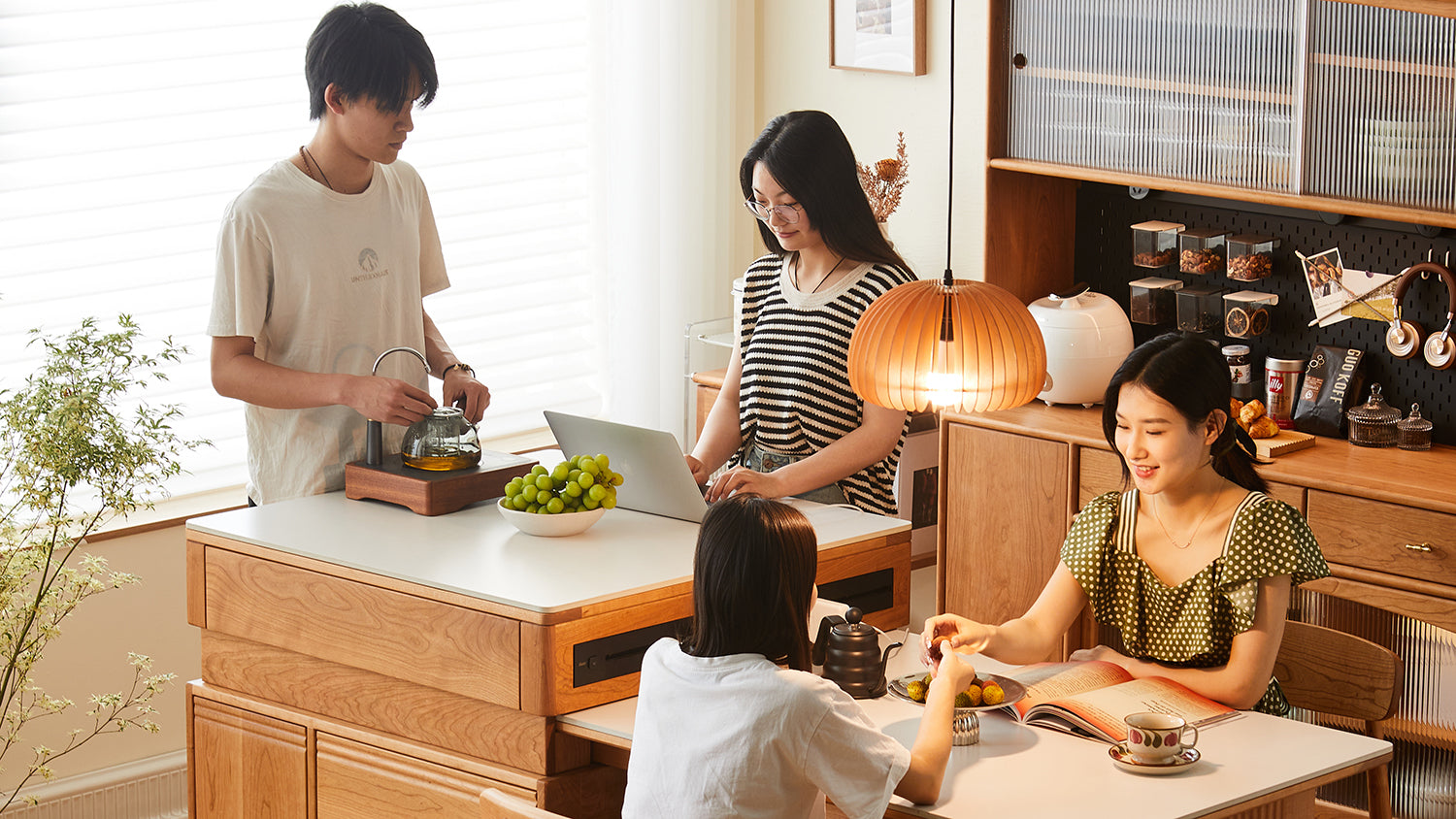

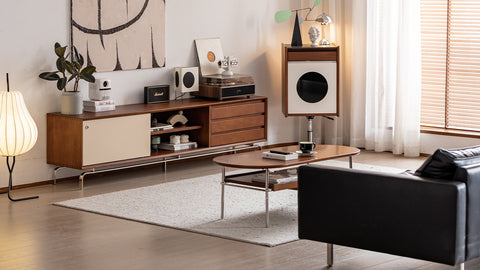

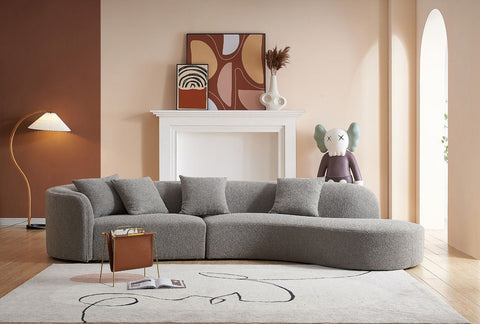
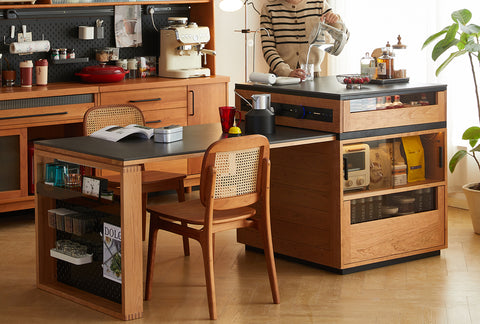
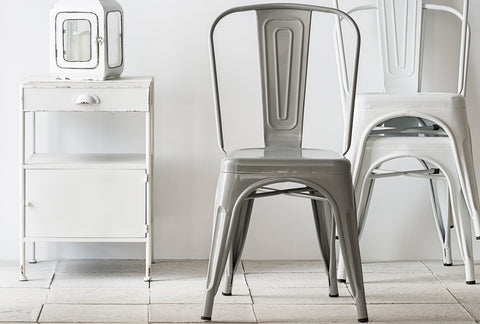
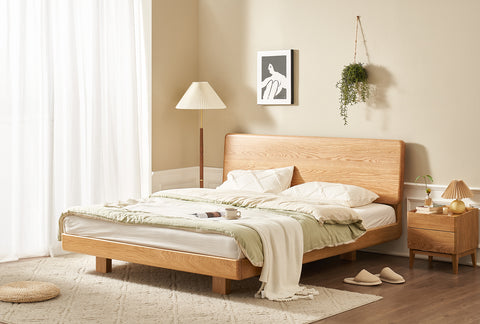





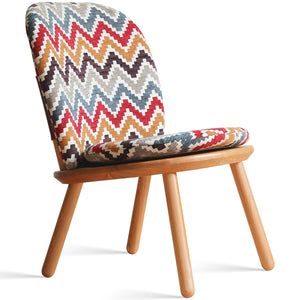
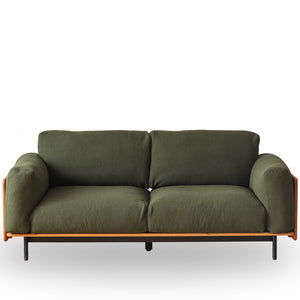
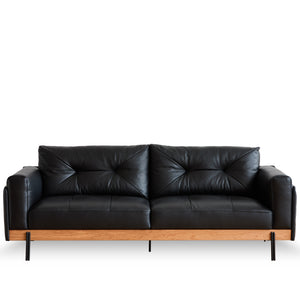
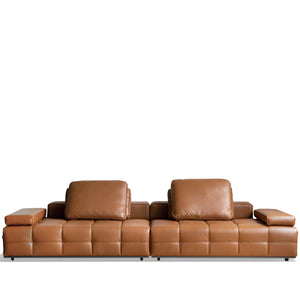
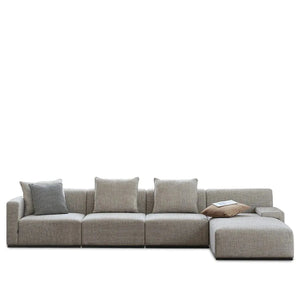
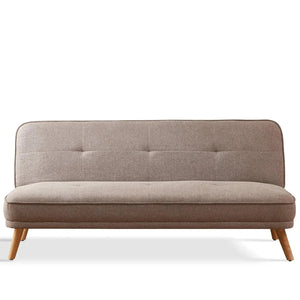
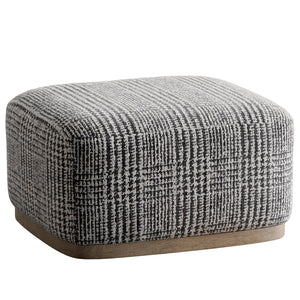

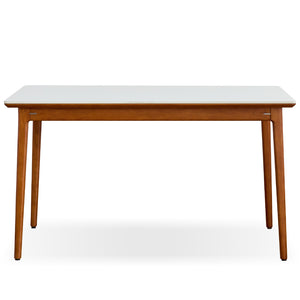
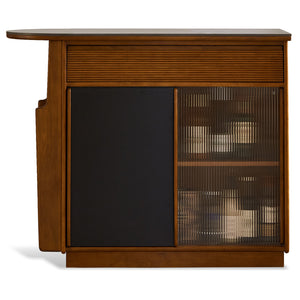
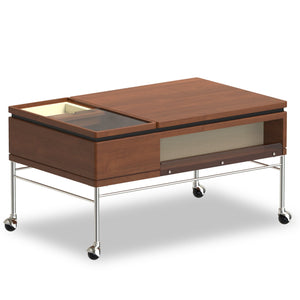
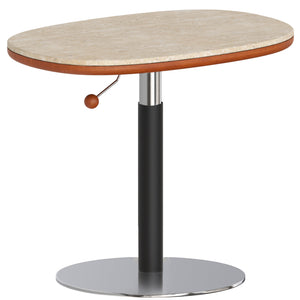
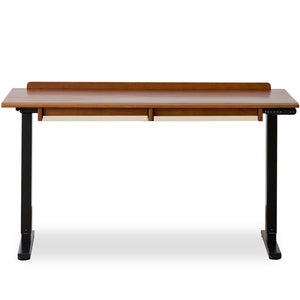
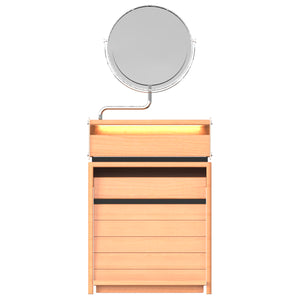

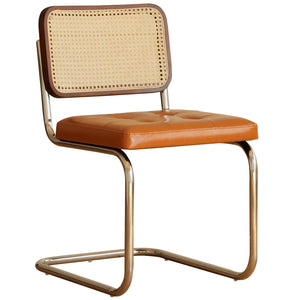
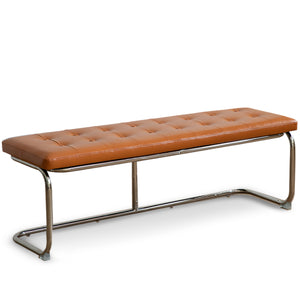
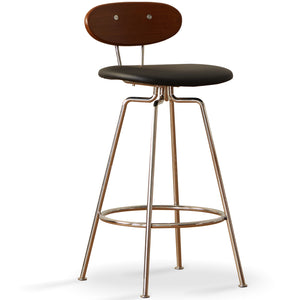

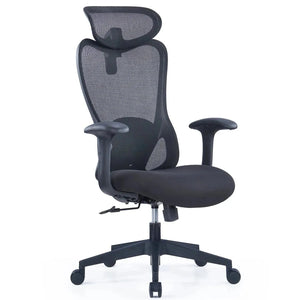

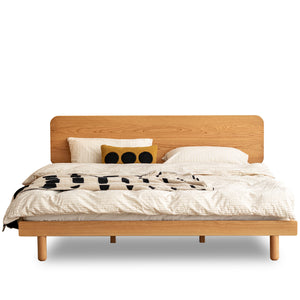


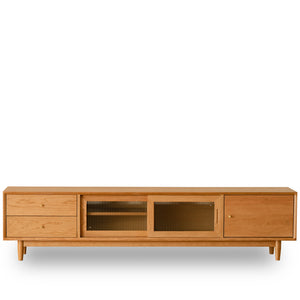
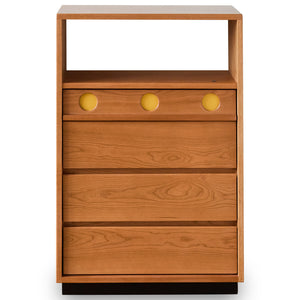
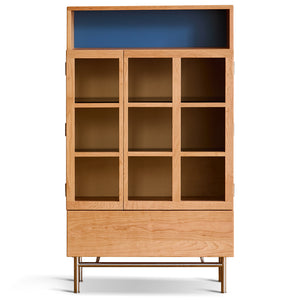
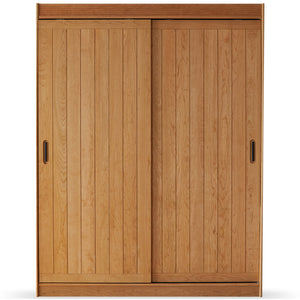
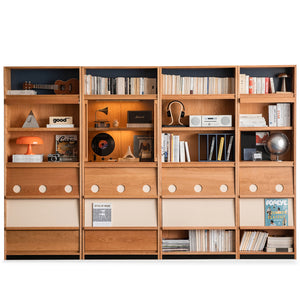

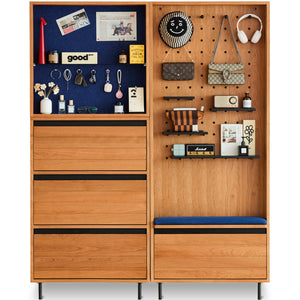
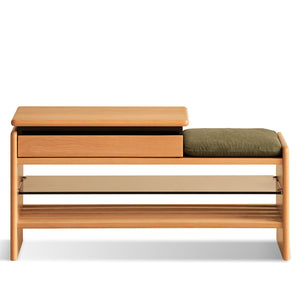
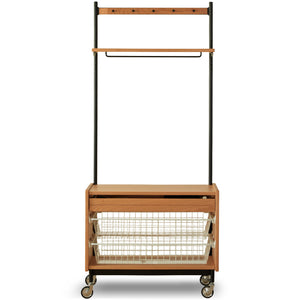






















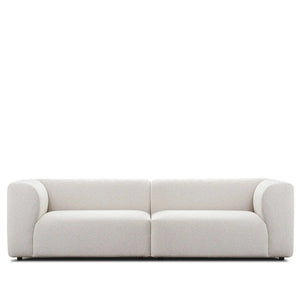




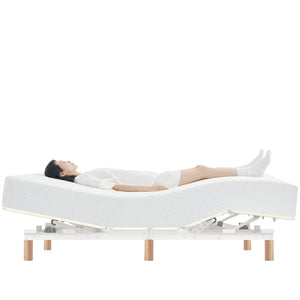

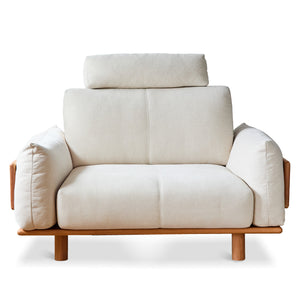

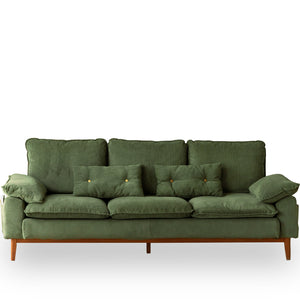
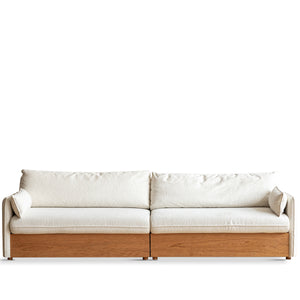
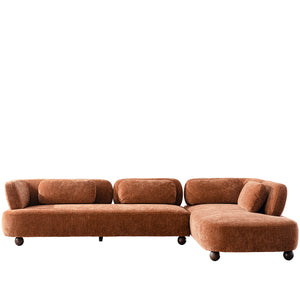
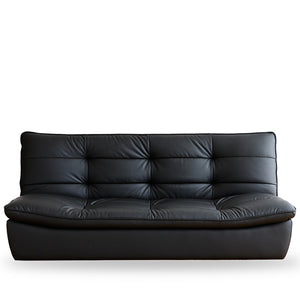
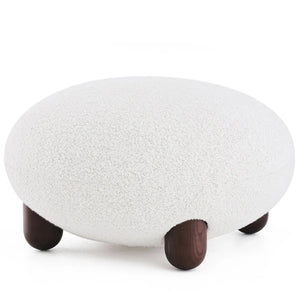

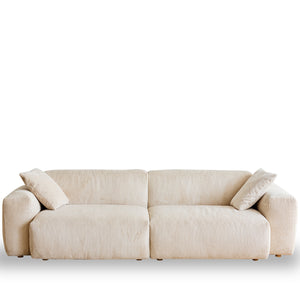
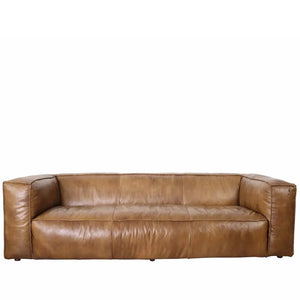
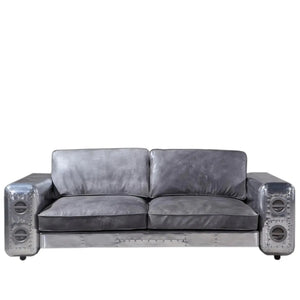
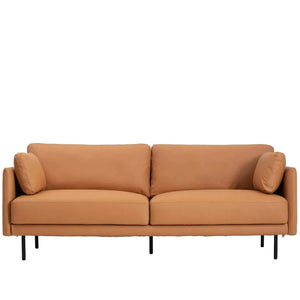
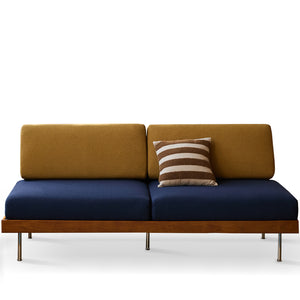
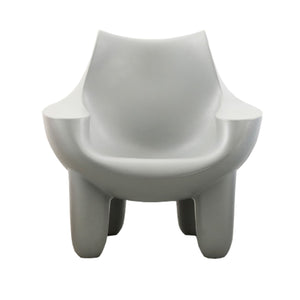


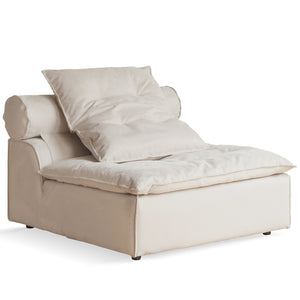

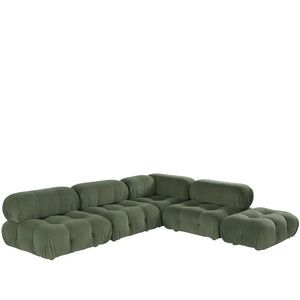
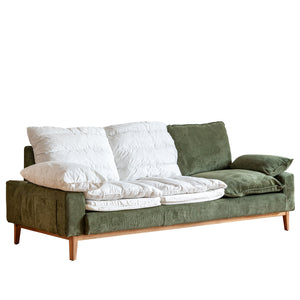
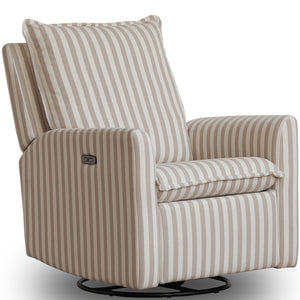

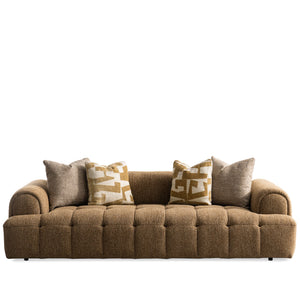

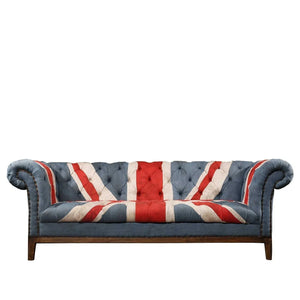
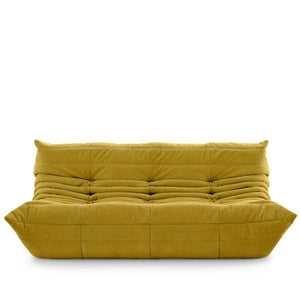
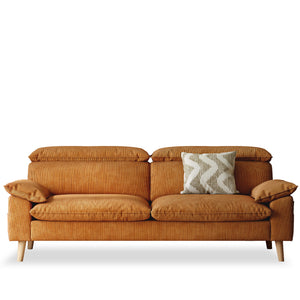

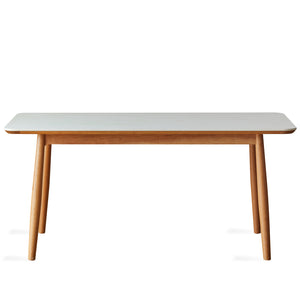
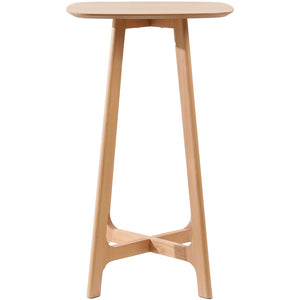
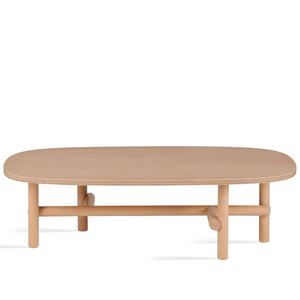
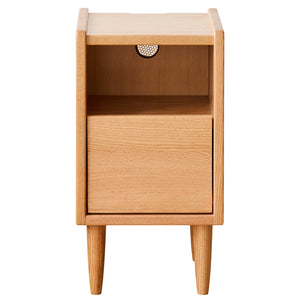
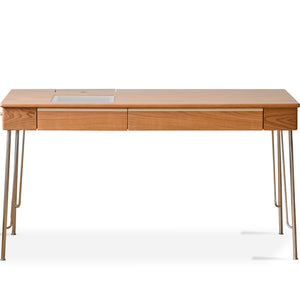
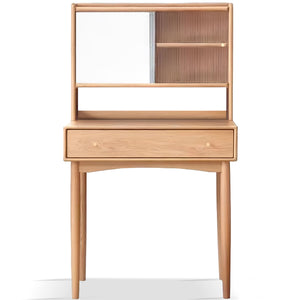

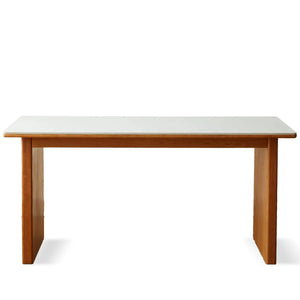
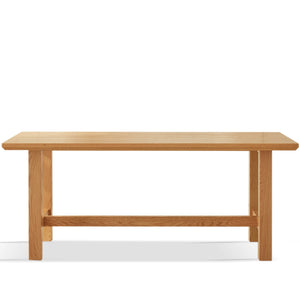
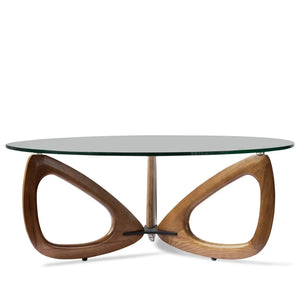
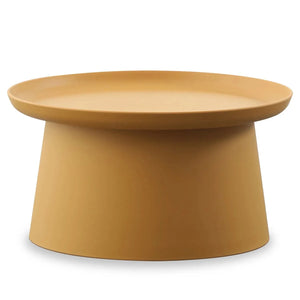

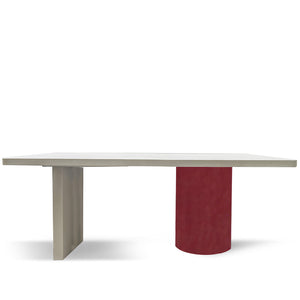

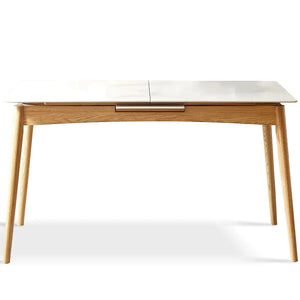
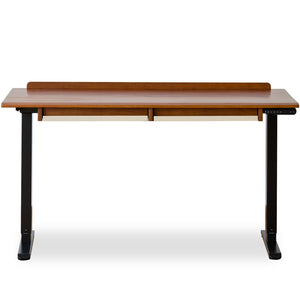
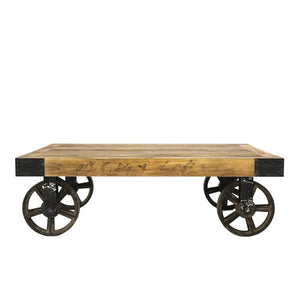

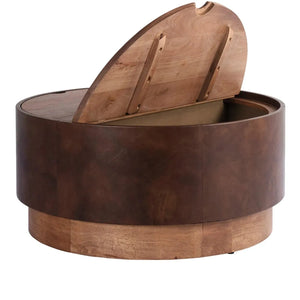

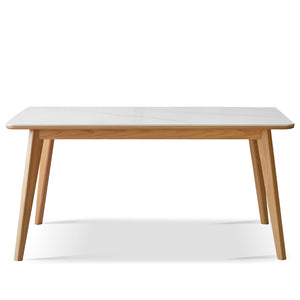

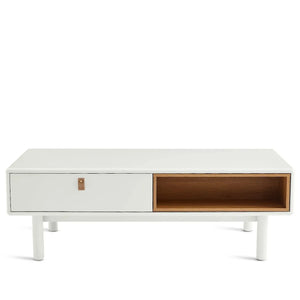
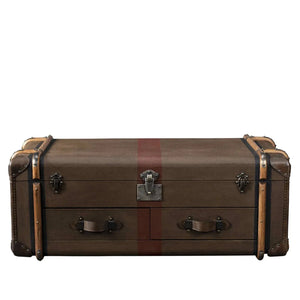
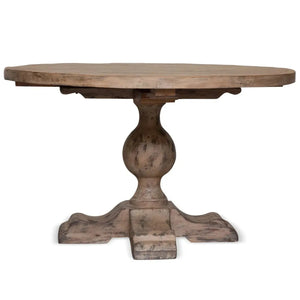


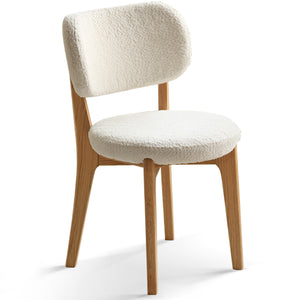
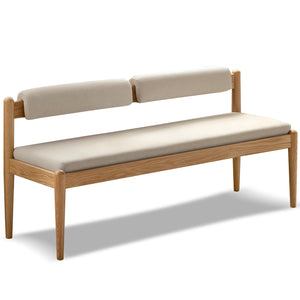
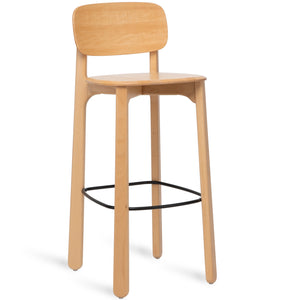
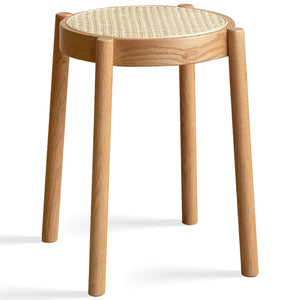
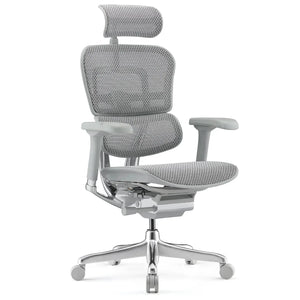

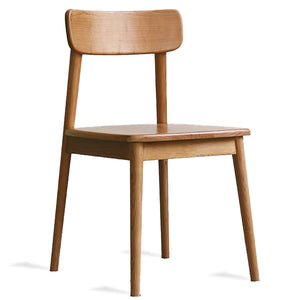
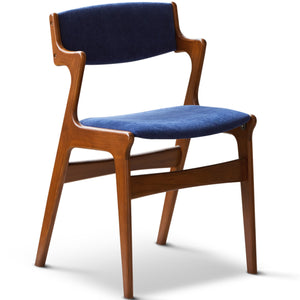
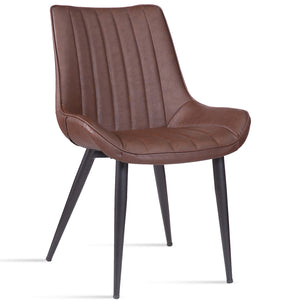
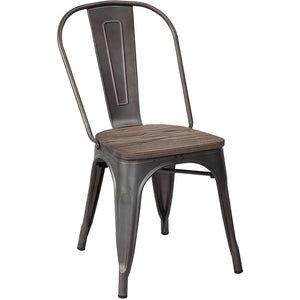
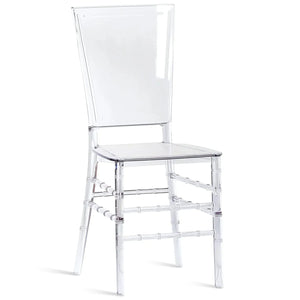
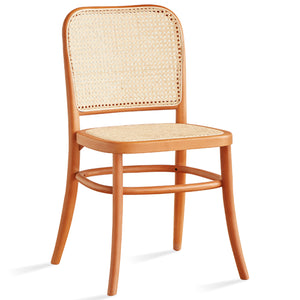

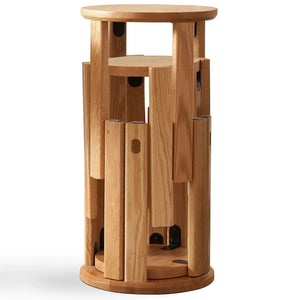

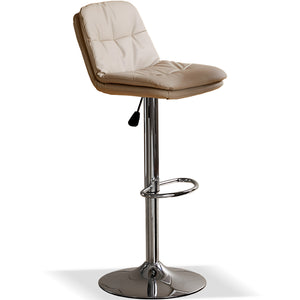
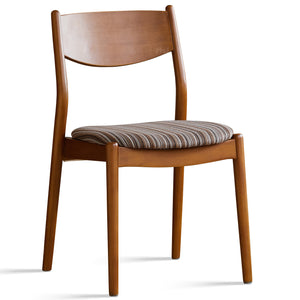
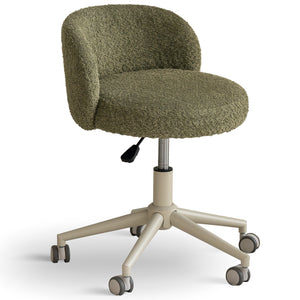
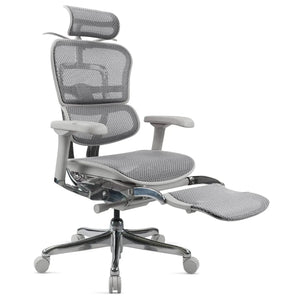

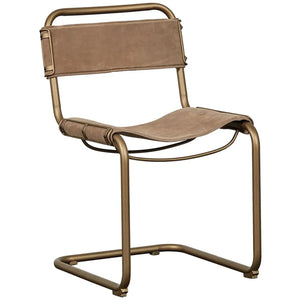
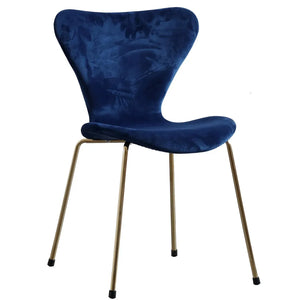
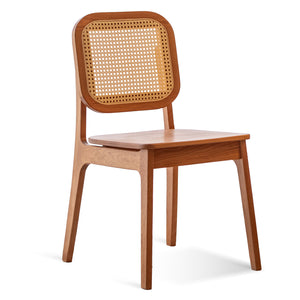
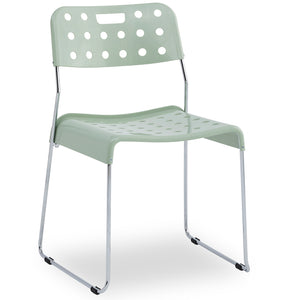
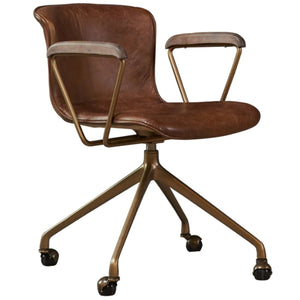


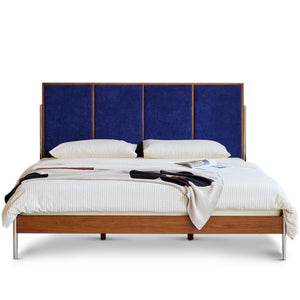

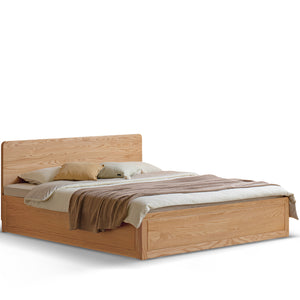
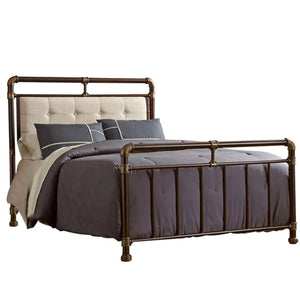
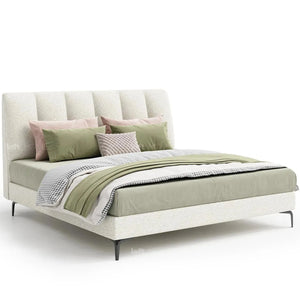
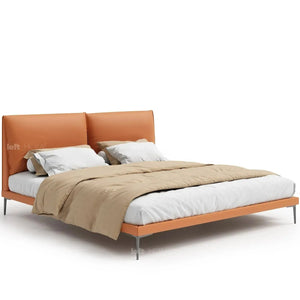
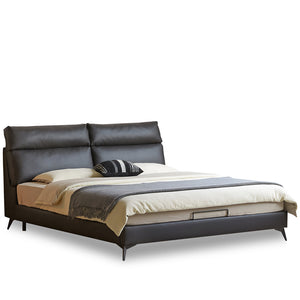
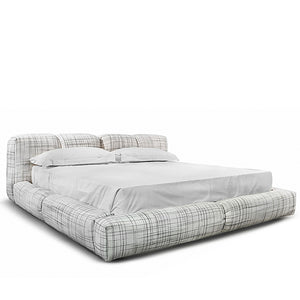

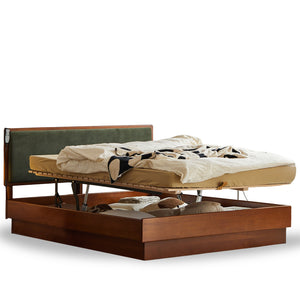


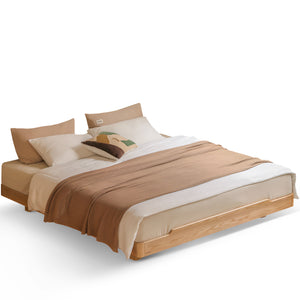
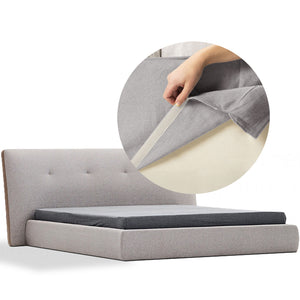
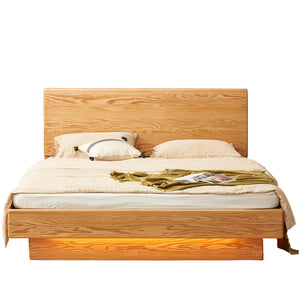

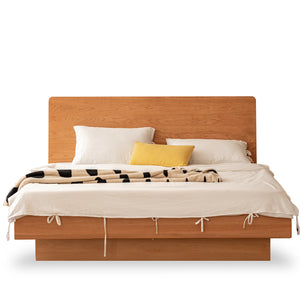
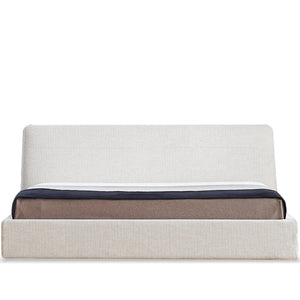
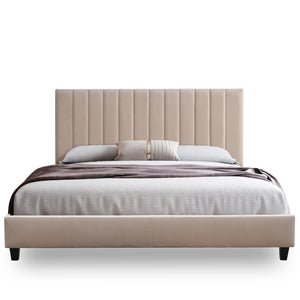
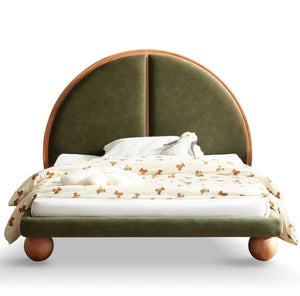
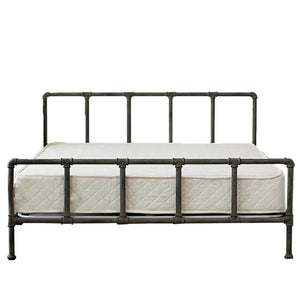

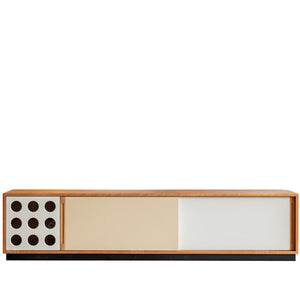

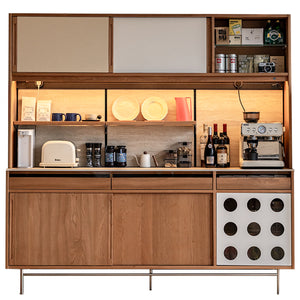
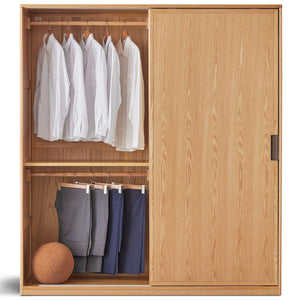
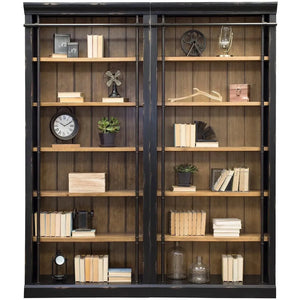
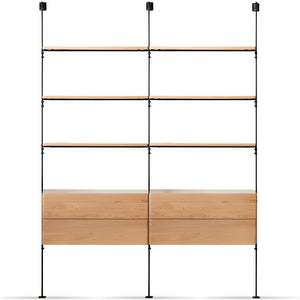
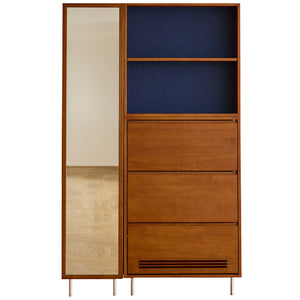
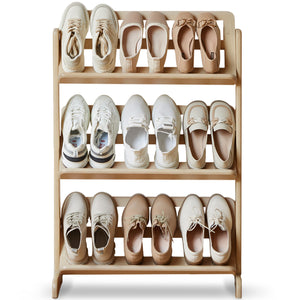
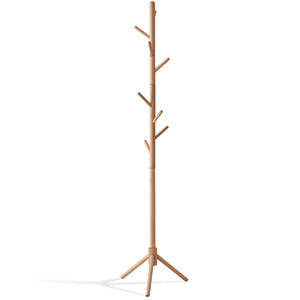

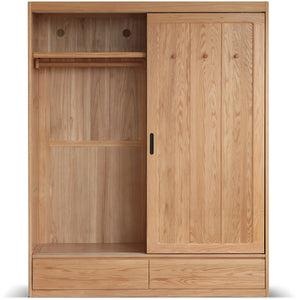
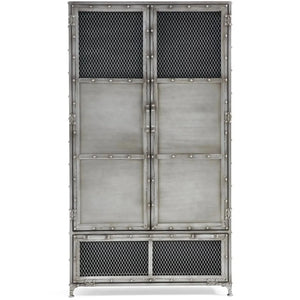
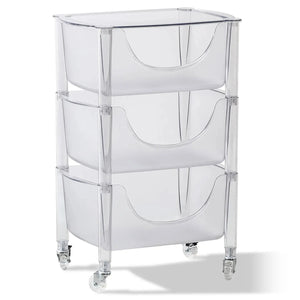
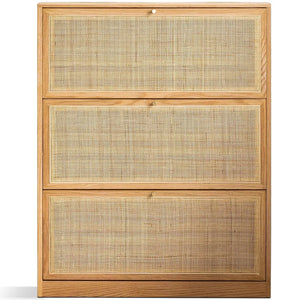
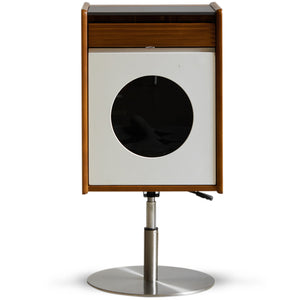
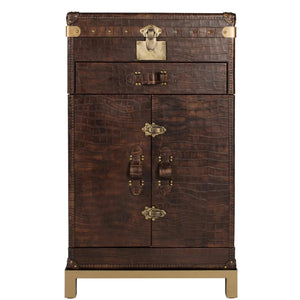

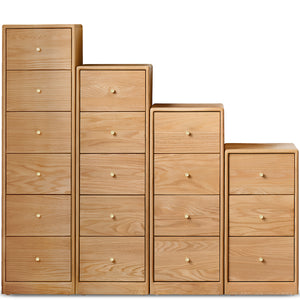

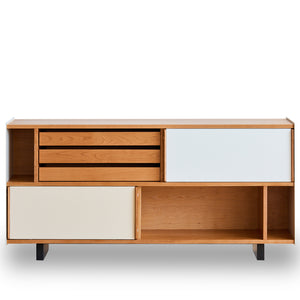
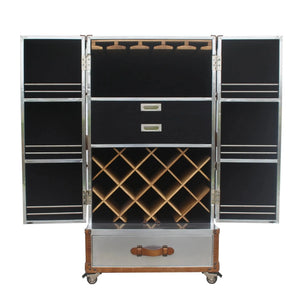
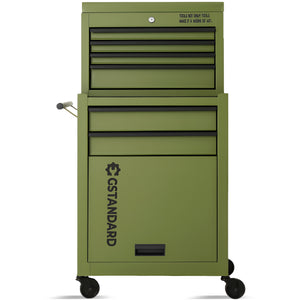


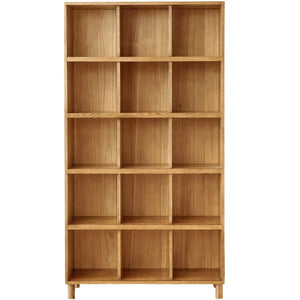

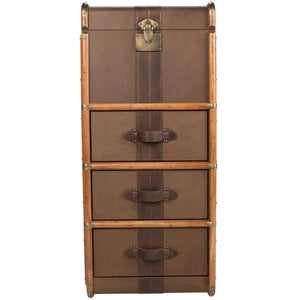
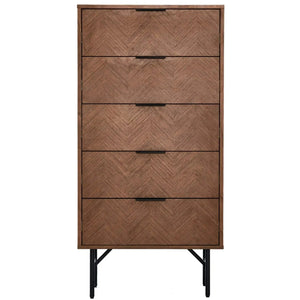
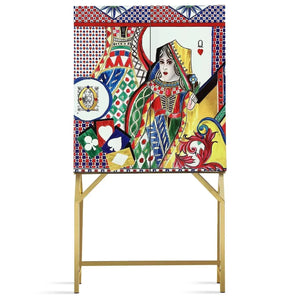
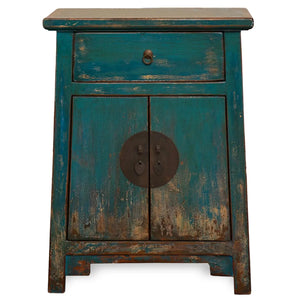


























































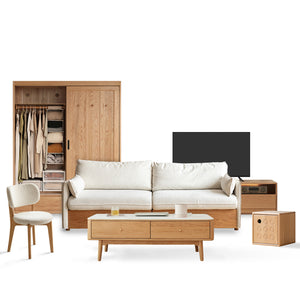
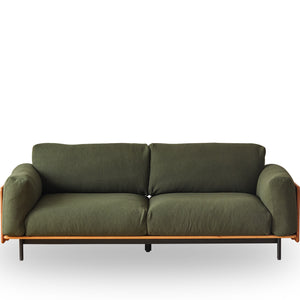
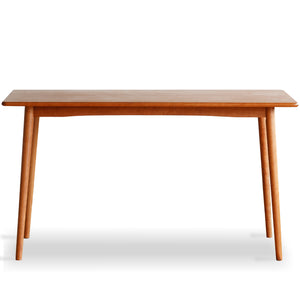
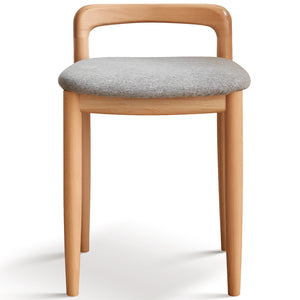
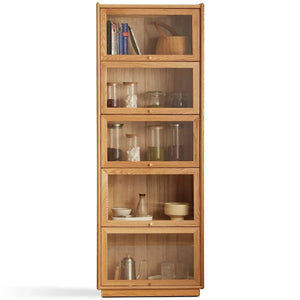



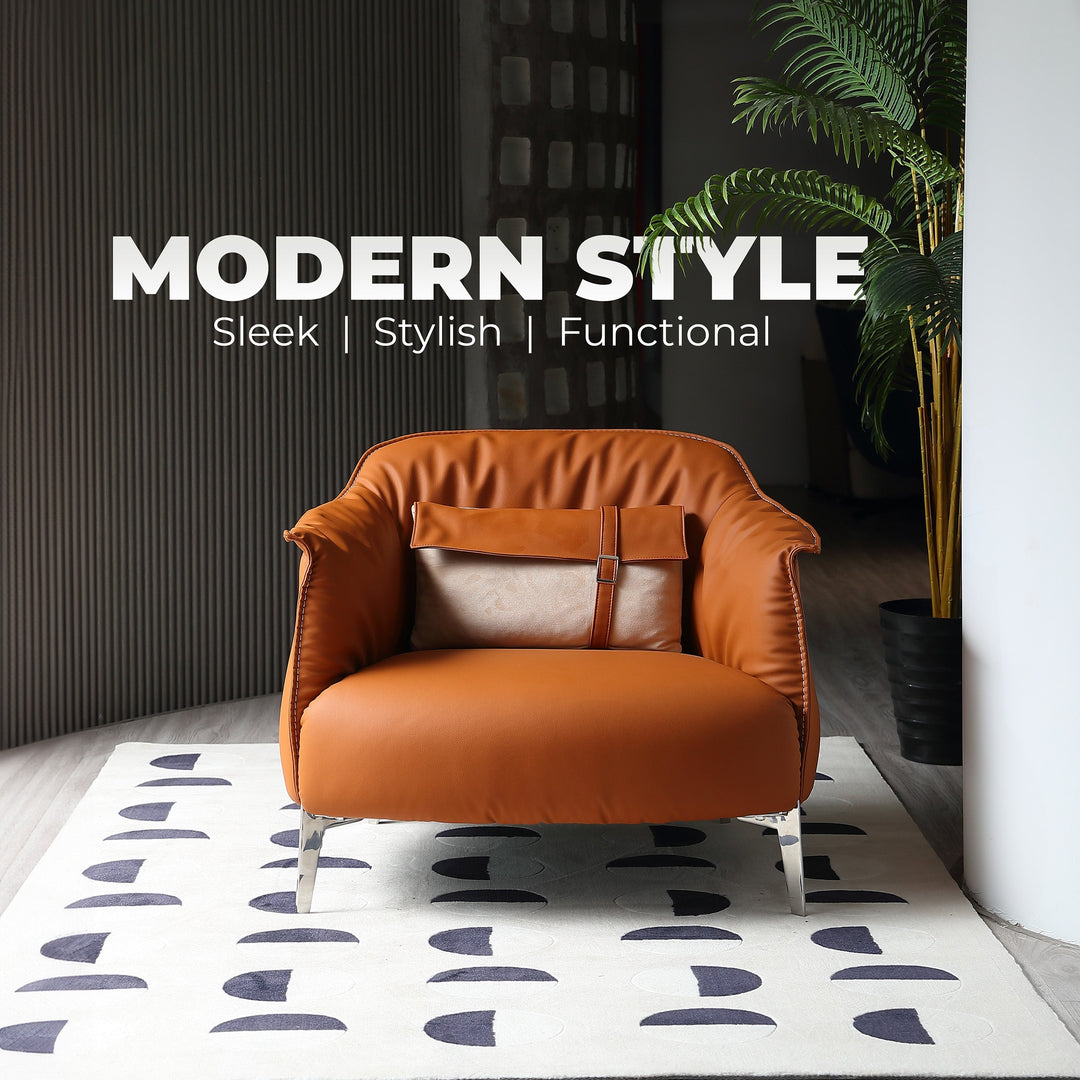
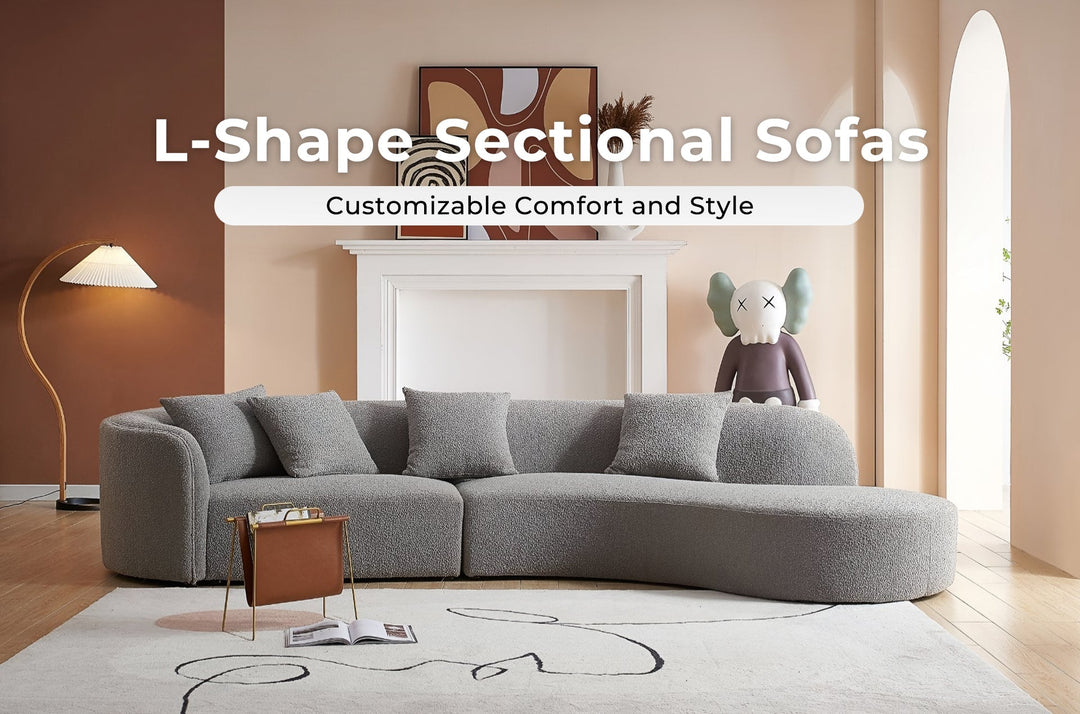

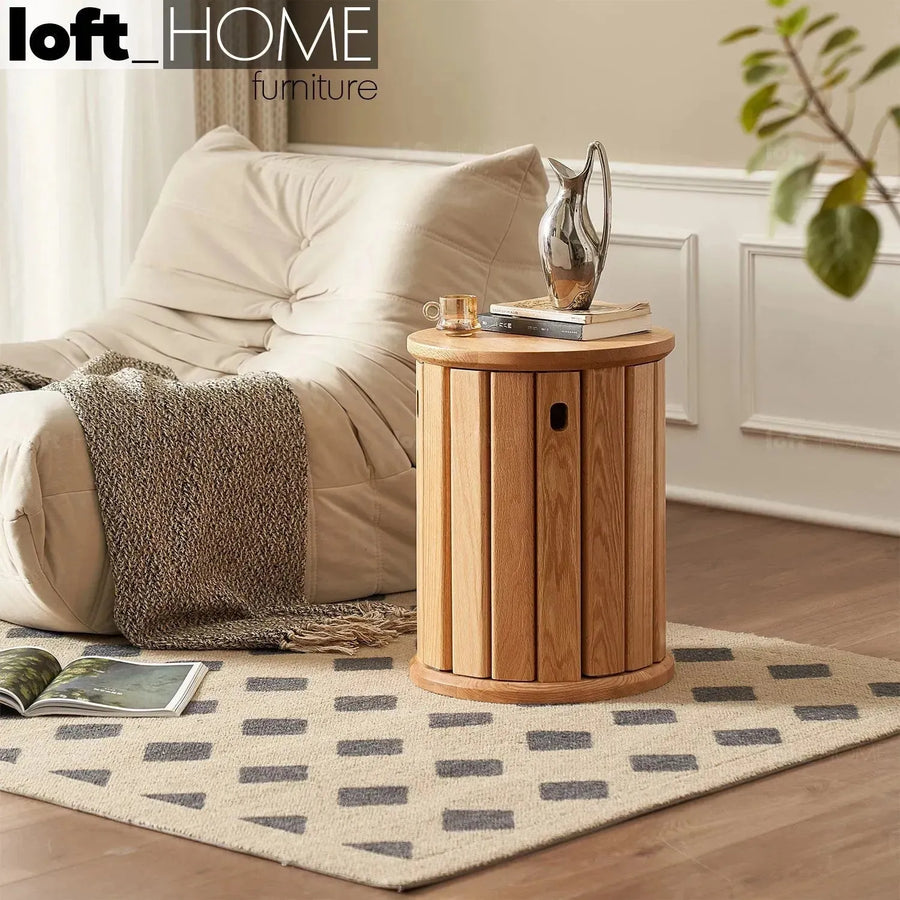
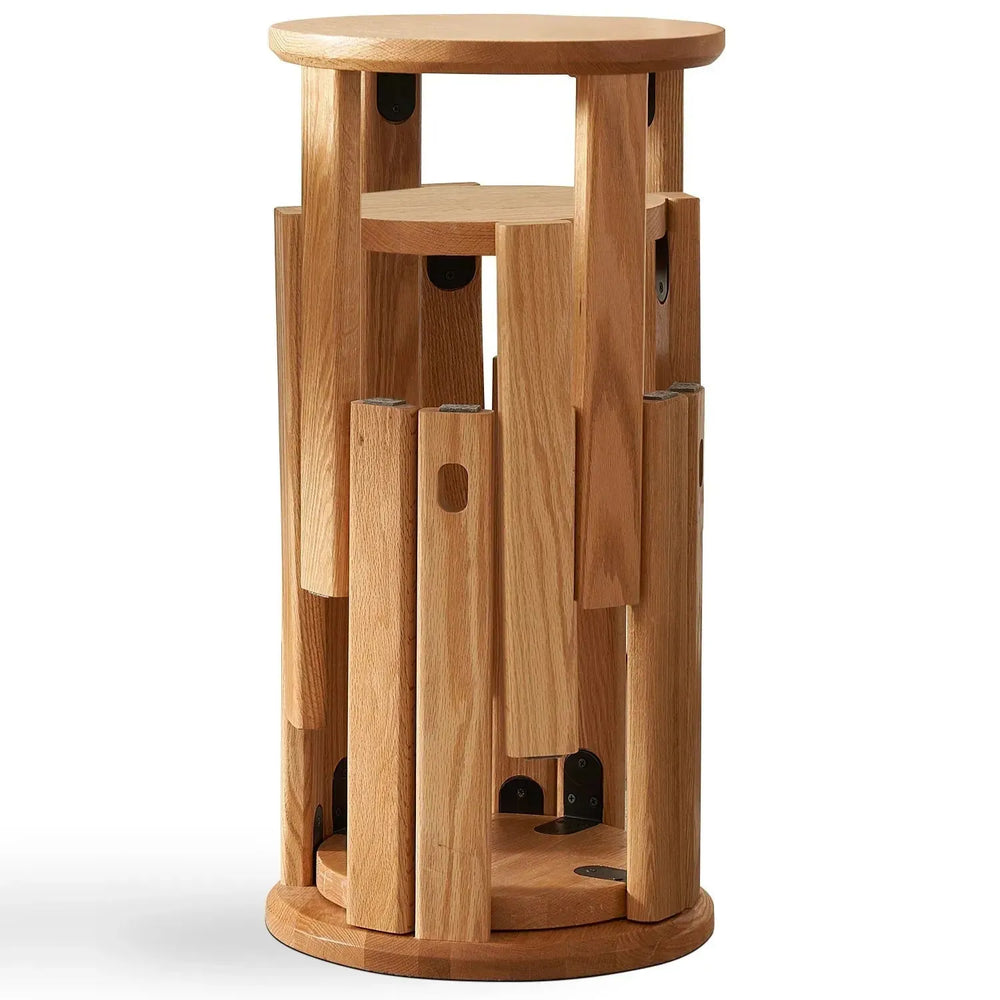



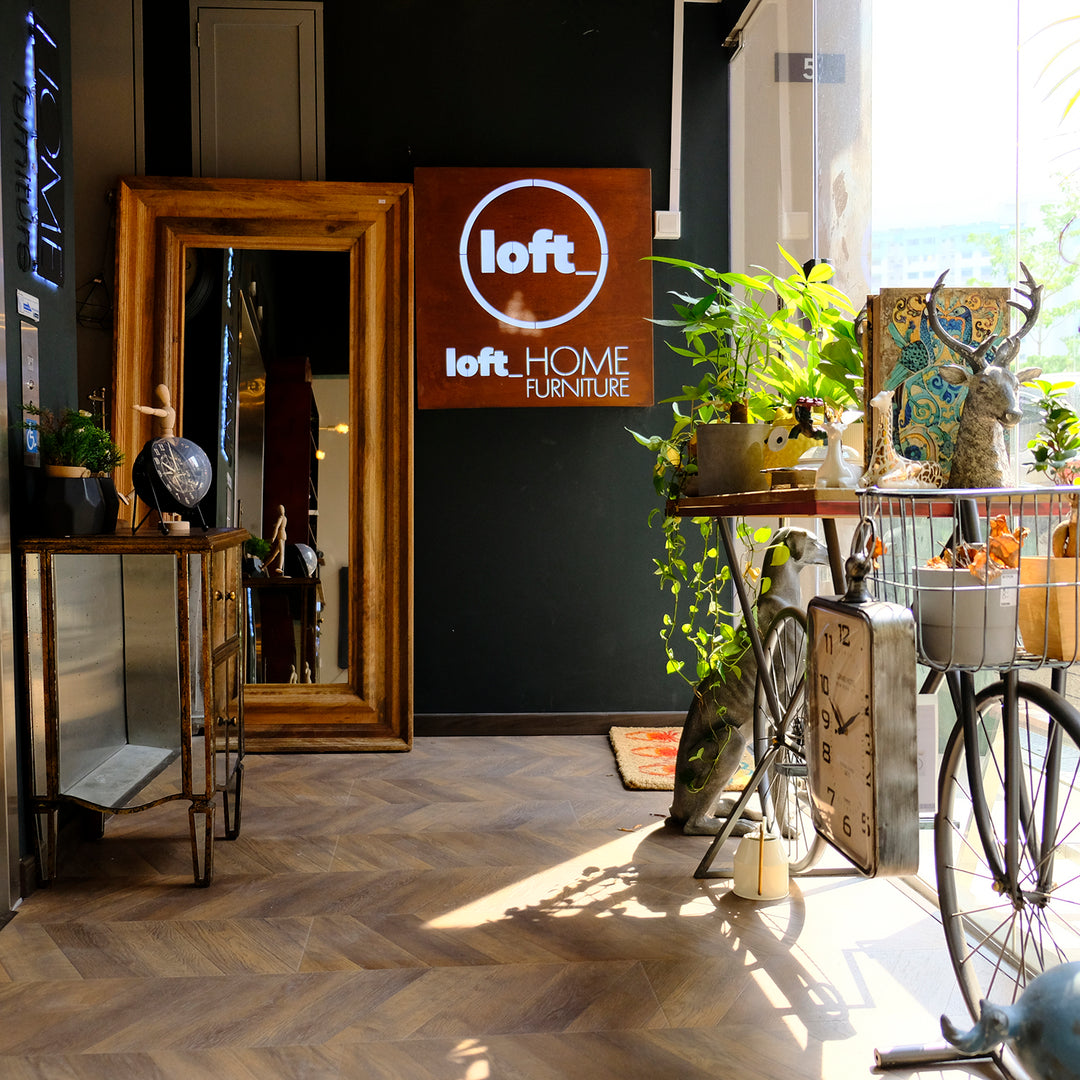
Leave a comment